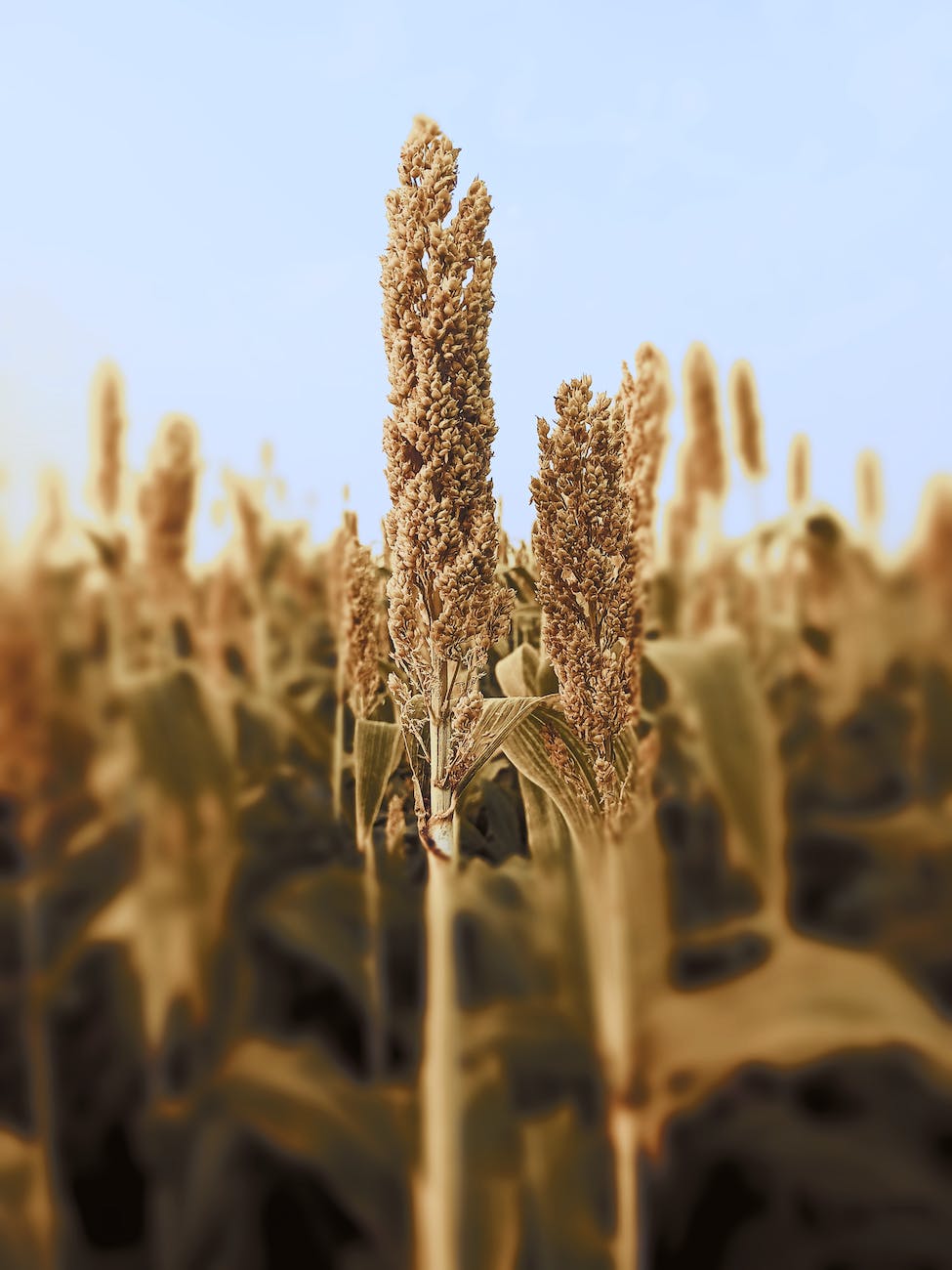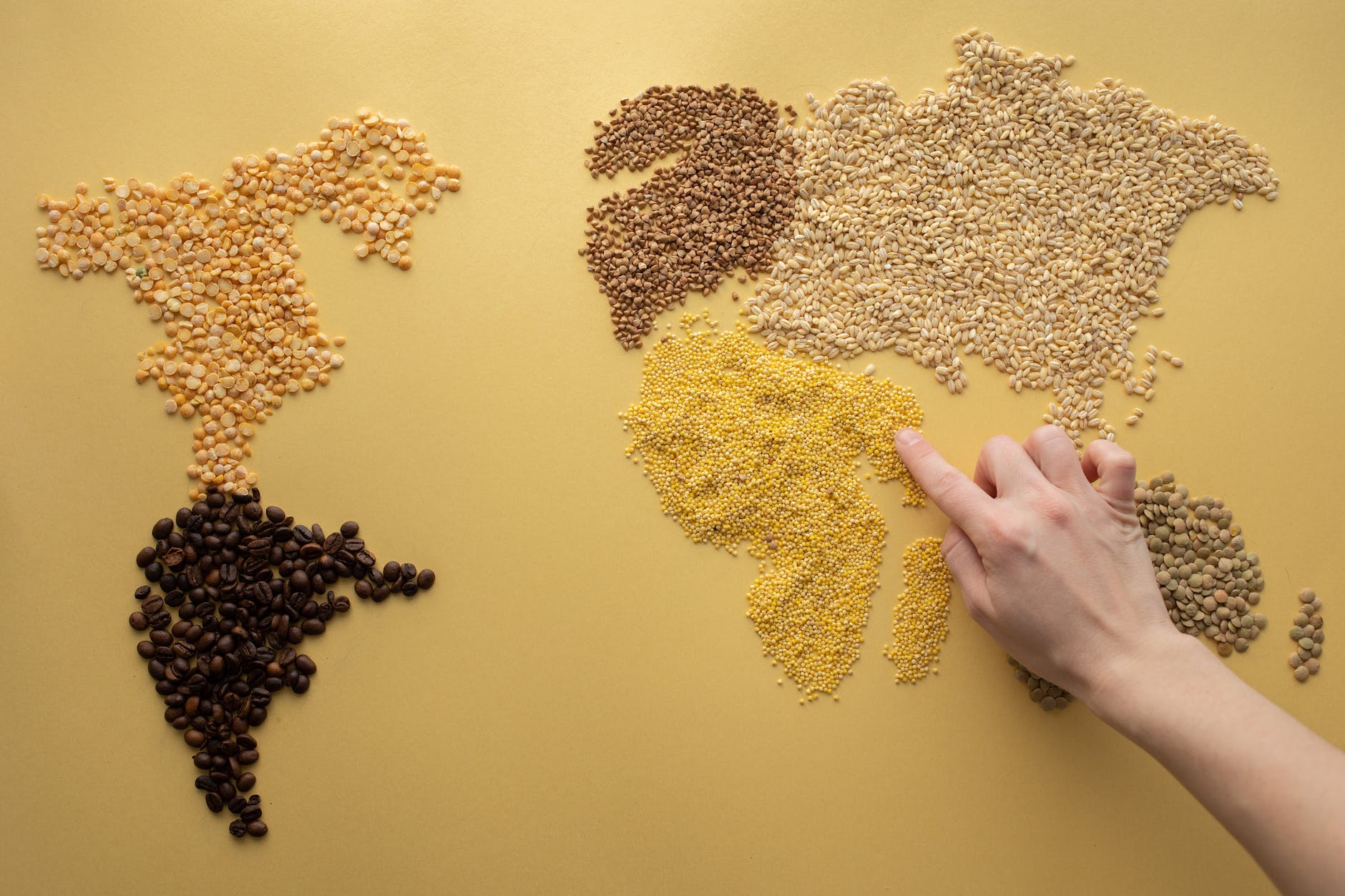
In the ever-evolving world of nutrition and health, millets are re-emerging as a superfood, especially for those keen on nurturing their heart health. Let’s embark on a deep dive into the world of millets, exploring their myriad benefits and versatile culinary uses.
A Nutrient-Rich Powerhouse: The Millet Advantage
Millets aren’t just grains; they are nutritional dynamos. These tiny seeds are teeming with vital nutrients that are crucial for heart health.
- Rich in Essential Minerals: Millets are a treasure trove of minerals like calcium, potassium, magnesium, and zinc. These minerals play a pivotal role in maintaining heart health, regulating blood pressure, and preventing arterial diseases.
- A Boon for Blood Sugar Control: For those battling diabetes, a major risk factor for heart disease, millets are a godsend. Their low glycemic index ensures a slow release of glucose into the bloodstream, aiding in blood sugar regulation and insulin sensitivity.
- Champion of Cholesterol Management: Millets have a remarkable ability to lower LDL (bad) cholesterol and maintain healthy cholesterol levels, thanks to their high fiber content and presence of unsaturated fatty acids.
- Weight Management Made Easier: With obesity being a significant heart disease risk factor, millets can be a valuable ally in weight management. Their high fiber content promotes satiety, reducing the urge for frequent snacking and aiding in weight control.
- Mood and Heart Connection: Emotional well-being is intricately linked to heart health. Millets, with their amino acids, can help alleviate depression and anxiety, fostering overall well-being.
Bringing Millets to Your Table: Delicious and Heart-Healthy Recipes
Introducing millets into your diet is not just healthy but can also be a delightful culinary adventure. Here are some heart-friendly millet recipes that are both nutritious and delicious:
- Savory Millet Upma: A wholesome breakfast option, millet upma is packed with vegetables, spices, and the goodness of millets. It’s a perfect start to a heart-healthy day.
- Millet Berry Smoothie: Blend together roasted millets, a mix of berries, and a hint of honey for a refreshing and nutritious smoothie. It’s an excellent post-workout drink or a quick breakfast fix.
- Herb-Infused Millet Pancakes: Use millet flour mixed with herbs like parsley, basil, and a pinch of turmeric for savory pancakes. Serve with a side of yogurt or a light salad for a fulfilling meal.
- Millet and Vegetable Stir-Fry: A quick and easy dinner option. Stir-fry your favorite vegetables with cooked millets, garlic, a dash of soy sauce, and a sprinkle of sesame seeds for a heart-healthy and delicious meal.
- Sweet Millet Pudding: For dessert, cook millets in almond milk, add a touch of cinnamon and honey, and top it with fresh fruits for a heart-healthy sweet treat.
Embracing Millets: A Lifestyle Choice
Incorporating millets into your diet goes beyond mere nutrition; it’s a step towards a healthier, more balanced lifestyle. Not only do they benefit your heart, but they also enhance overall health. Remember, a healthy heart isn’t just about what you eat; it’s about a holistic approach to health, including regular exercise, stress management, and a balanced lifestyle.
Millets, with their rich history and myriad health benefits, are not just another health fad. They are a testament to the wisdom of our ancestors and a gift to our modern diets. So, whether you’re a fitness enthusiast, someone with a heart condition, or just looking to eat healthier, millets are an excellent choice. Embrace these grains and let them be the secret ingredient to your heart-healthy journey.
10 FAQs About Millets for a Healthy Heart
- What makes millets good for heart health? Millets are rich in fiber, antioxidants, and essential minerals like magnesium and potassium, which help regulate blood pressure and cholesterol levels, reducing the risk of heart diseases.
- Can millets help in controlling diabetes? Yes, millets have a low glycemic index, which helps in regularizing blood sugar levels and increasing insulin sensitivity, crucial for managing diabetes and heart health.
- Are millets effective for weight loss? Absolutely. Millets are high in dietary fiber that promotes satiety, reducing overeating and aiding in weight management, a key factor in maintaining heart health.
- How do millets compare to rice or wheat in terms of nutrition? Millets have a higher nutritional content than rice and wheat, including more unsaturated fatty acids, essential for heart health.
- Can I replace my regular grains with millets? Yes, millets can be a healthier alternative to regular grains. They can be used to make porridges, pancakes, and even as a rice substitute in various dishes.
- Do millets have any mood-improving properties? Yes, millets contain amino acids that help reduce symptoms of depression and anxiety, which can indirectly benefit heart health.
- Are there any side effects of consuming millets? While millets are generally safe, excessive consumption can lead to digestive issues and, in some cases, affect thyroid function. It’s important to consume them in moderation.
- How can I include millets in my diet? Try incorporating millets into your diet through dishes like millet upma, millet smoothies, millet pancakes, and millet stir-fry.
- Is millet consumption beneficial for everyone? Millets are a healthy choice for most people, but those with thyroid issues or digestive problems should consult a healthcare provider before significantly increasing millet consumption.
- Can millets reduce the risk of heart diseases? Yes, the nutritional profile of millets, including their ability to regulate cholesterol and blood pressure, makes them an excellent choice for reducing the risk of heart diseases.
Blog Tags
millets, heart health, nutrition, diabetes management, weight loss, healthy grains, dietary fiber, low glycemic index, mood improvement, gluten-free












